If you're a crafter like me, you might have noticed something called washi tape emerging in popularity in the past couple of years. I myself saw it for the first time in Japan, thought it was the coolest thing ever, and then mourned the loss of it when I came back to the US and couldn't find it anywhere. However, throughout the past year, this colorful tape has started popping up in craft stores and novelty stores all around the world. When I found out that washi tape was only invented in 2006, it all made sense.
So why are people getting so excited about tape? What can it do other than stick things together? Well if you're using washi tape as a thing to make things stick together, then you're using it wrong. At about $5 a roll when bought in other , you're also wasting a ton of money. Washi tape can be used for any sort of crafting, decorating, or art.
But first of all, what does washi mean? What makes it different than other tapes? Well, washi tape is modeled after designs on traditional Japanese paper, and that's where it got the name washi.
Wa-wa-wa-Washi
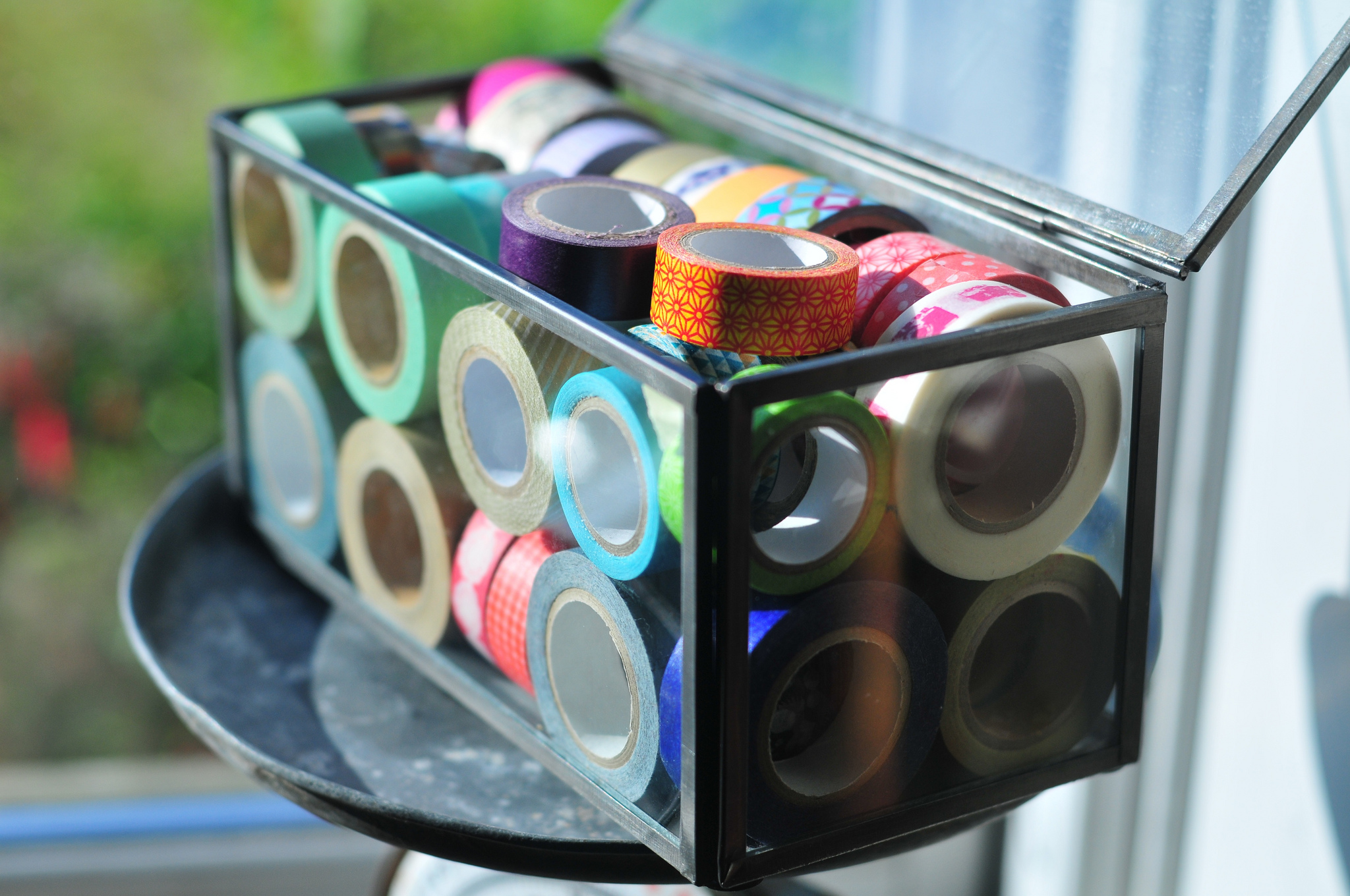
Washi is made of up the Japanese characters wa 和 which means harmony and is often used to symbolize Japan, and shi 紙 which means paper. So put them together, and it means dancing bear. Just kidding, it means Japanese paper. Unlike western paper which is made from tree pulp, washi is made from Japanese shrubs. Washi can be made of almost any plant, but is typically made from ganpi, kozo, mitsumata, or sometimes hemp. Washi is known in the west for the beautiful designs that are printed or painted on it, and its differences from other papers through its light weight and textured feel.
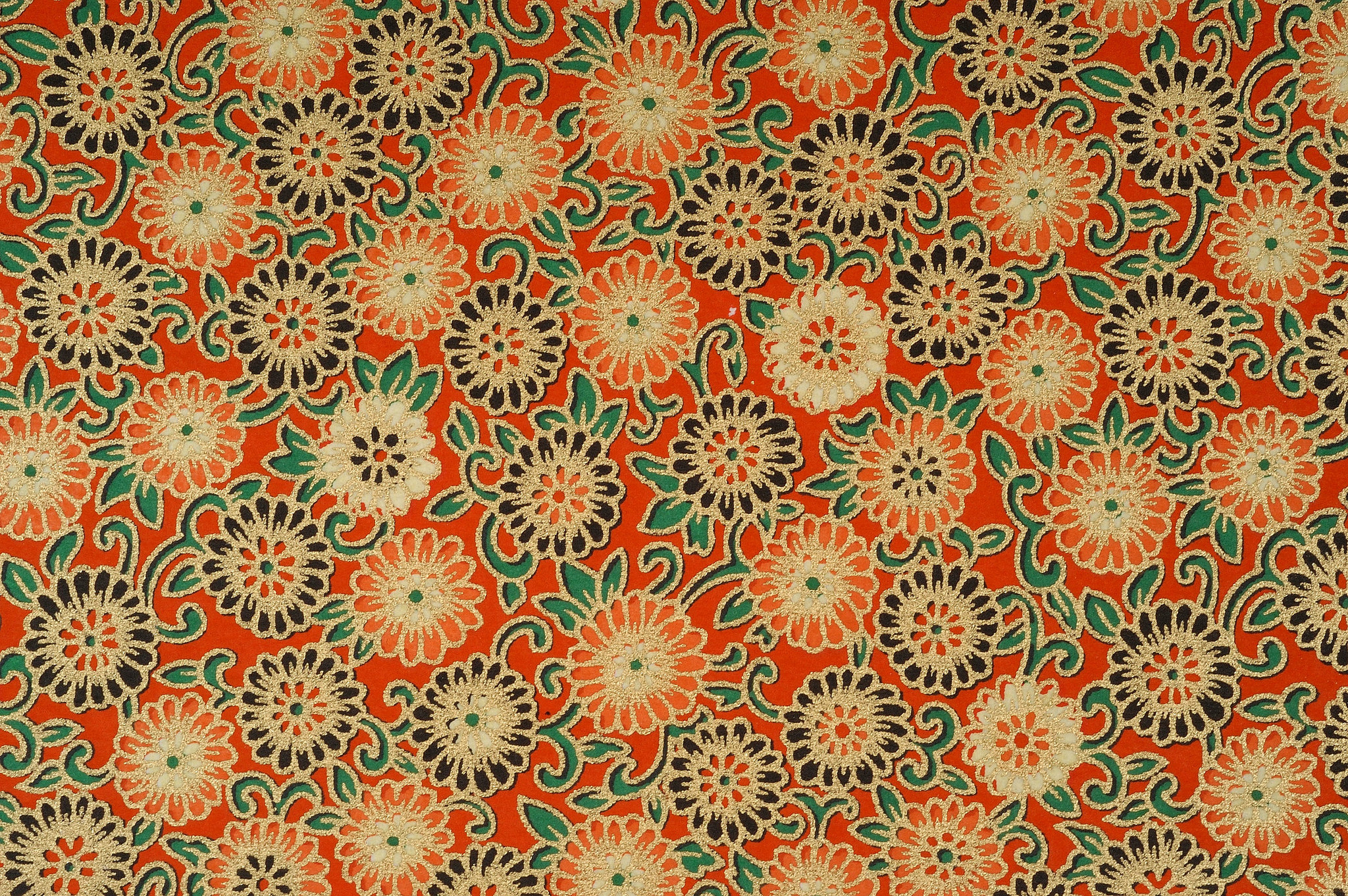
Washi is also great for many different kinds of crafts, one of the reasons being that the plant pieces in the pulp separate randomly, meaning no grain in the paper. That means that you can tear it in any direction and it will basically do what you want it to. If you don't know what I'm talking about, take a piece of notebook paper and tear it one way and then another way. There's going to be only one way it really tears nicely. Because washi is flexible and strong, it's perfect for multi usage as well.

Whether you're using it for clothes or for crafts, washi has a multitude of functions. I mean, it's been around for so long it's almost expected. But how long exactly has washi been used?
It's Been Around Since When?
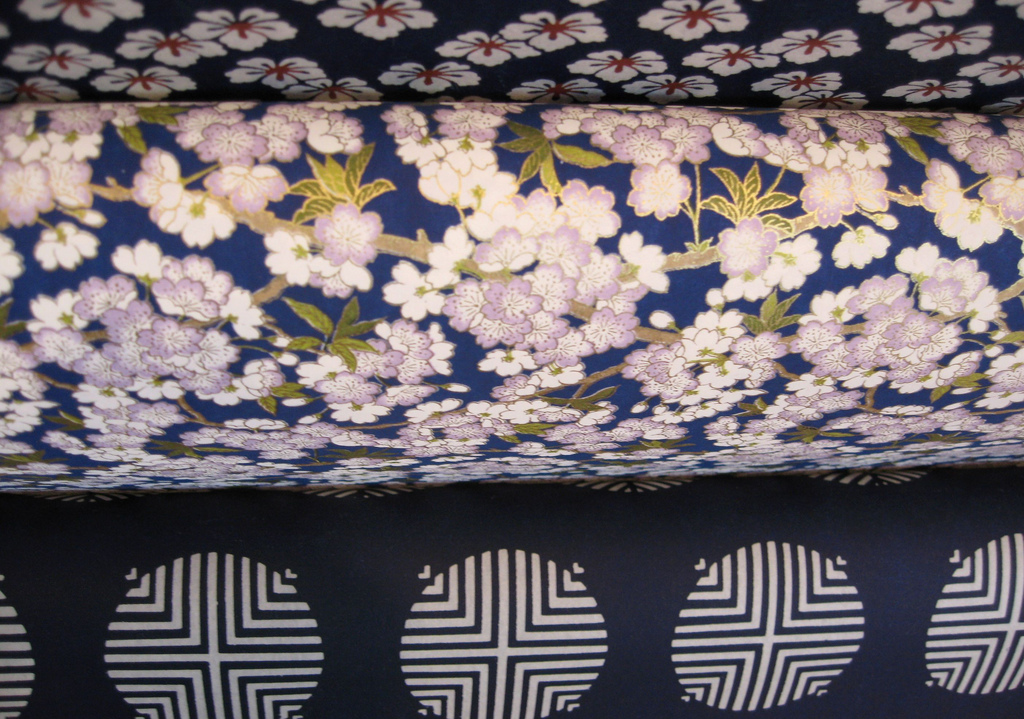
Washi has been used in Japan for over 1,000 years. Paper itself was invented in China in the first century and was introduced to Japan 600 years later, where it was used by Buddhist monks to write religious scripts. Japan then proceeded to perfect the paper-making art- centuries before the west even had paper. (They had parchment, or stretched out sheep skin.)
The Paper-making Process
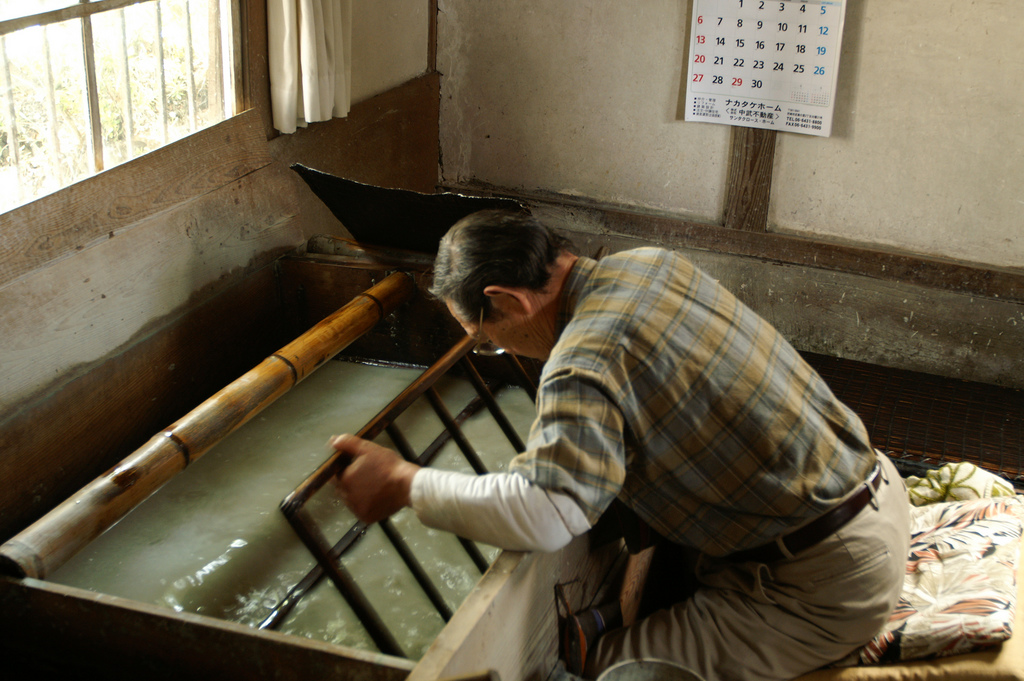
The process of making washi is extremely complicated. First, one has to grow the plant that will be used. Yes, just like everything else in the world, even paper comes from the ground. The primary plants used in washi making include a family of shub called ganpi, a type of paper mulberry called kozo, and a plant native to Japan called mitsumata.
The shrubs are steamed and have water poured over them to clean off. Then, has the outer layers are stripped off of the stems until there is only white bark called shirokawa left on it. From there, the bark is bleached and then cooked. The black particles are picked out by hand before the fibers are pounded with a wooden mallet. Then the pulp is ready for sheet formation, which is a whole work in itself.

After the pulp is mixed with water, it can be made into washi in various methods, usually being moved back and forth through a bamboo screen with a frame, as seen in the video above. It is then pressed and dried, either through artificial means or the natural sunbath.
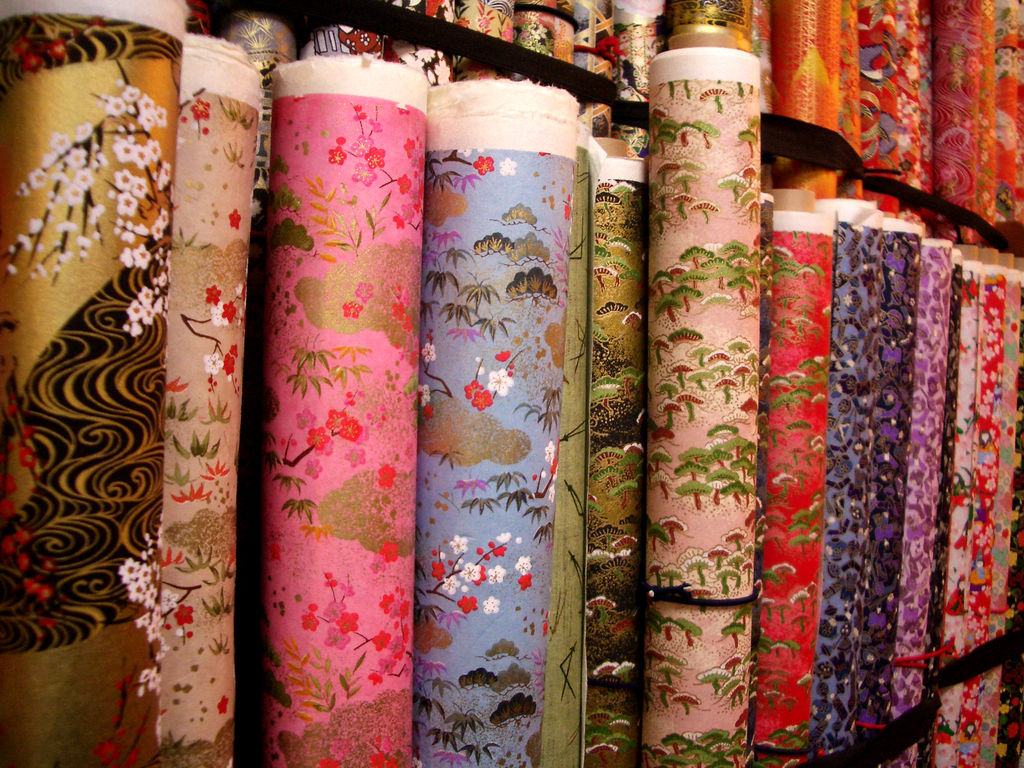
Then designs can be painted onto it. Washi today is most known for the elegant designs painted on it, in traditional Japanese colors as well as lots of gold.
Washi is sometimes associated with chiyogami, a more inexpensive type of paper that has complex Japanese-style patterns, often used as origami paper.
A lot of places that make washi paper today will let you tour them/ try making your own washi if you're studying abroad or have connections. It's such a unique little gem of Japanese culture, after all.
What About Making it Sticky?
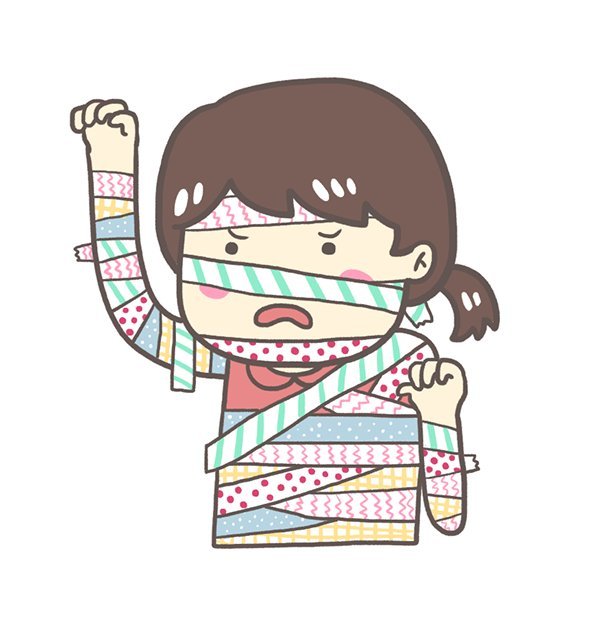
In 2006, a masking tape company, Kamoi Kakoshi, received a package in the mail. Said package contained a book of art made with masking tape that was originally purely intended for use as a tool, not an art supply. The artists who sent in the book asked the company to create a line of masking tape purely for art purposes and with a variety of colors and designs. Kamoi Kakoshi obliged, and named their new brand "mt" which stands for "masking tape". From then on, the tape became popular in Japan by both schoolgirls and interior designers alike, where it slowly caught on in other countries and is continuing to rise in popularity.
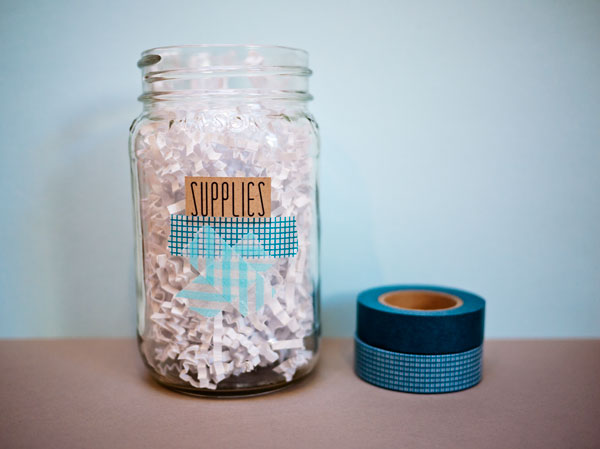
The term Washi tape has really only been used in the west. In Japan it's just called masking tape. Although the tape isn't always made outright from washi, the washi-like patterns and texture is what gets it its name. What started out as a couple of special edition artist masking tapes has now caught on to a global pinterest-fueled deal. New brands are starting to jump on the washi-wagon, even scotch tape is selling their own line of washi tape (I have to admit that most of my washi tape collection is from a bulk pack of scotch brand tape that I got as a birthday present.)
What You Can Do With It
Why has the washi tape phenomenon sprouted into a multicolored sticky flower the past few years? I think that it's because of this generation's creative energy and idealistic world vision. When crafting with washi tape, the idea is that you can stick it on anything mundane to make it fun and aesthetically pleasing. Personally, I have washi tape all over my computer, my phone, my desk, my notebooks, my daily schedule, and even my ukulele. Most things done with washi tape are innovative and inventive, but not too useful in the long run.
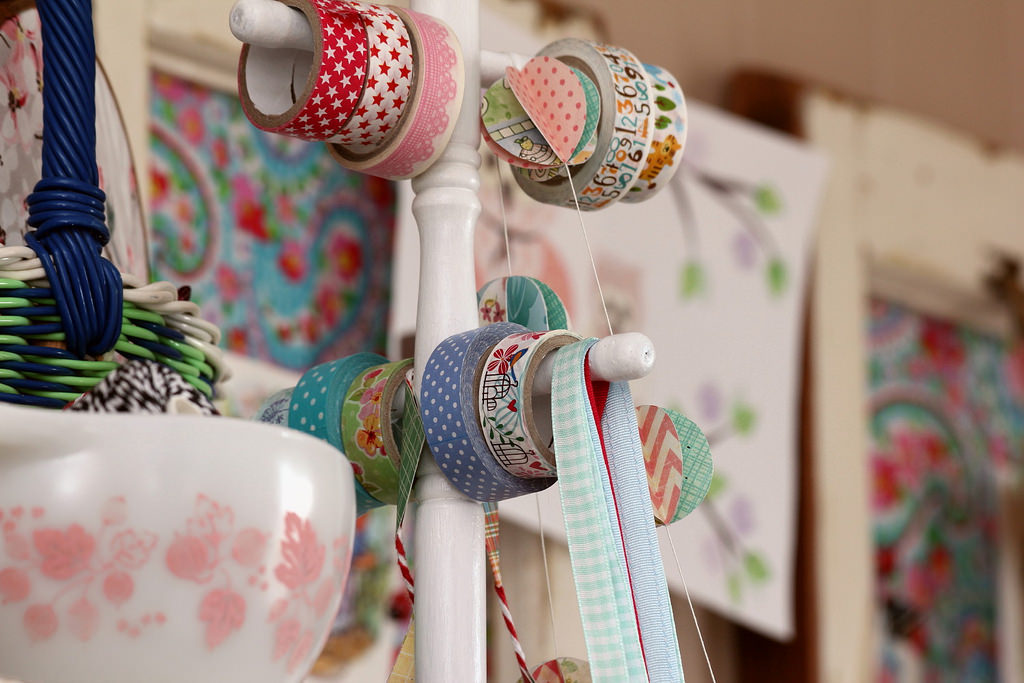
However, a useful quality of washi is its ability to be removed without leaving a sticky or gluey layer of yuck. You can easily write a message on it and stick it on a book your friend lent you as a little thank you, or stick it on a calendar to write events that might change to a different date.
There are various buzzfeed articles, pinterest pins, and blogs directly related to how to craft with washi. Here are some of my favorite ideas!
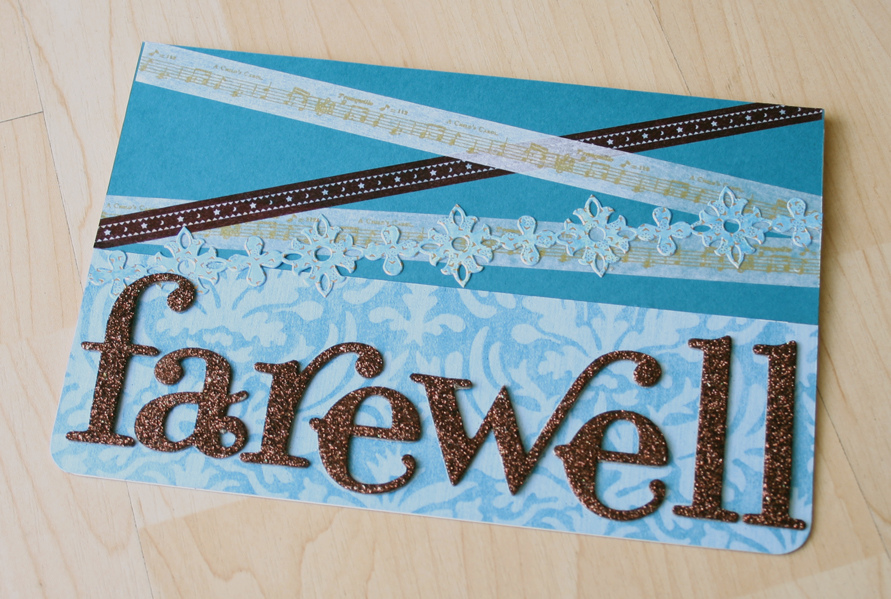
Card decorating is a fun, simple and useful way to use washi tape in order to add a personal touch to a gift.
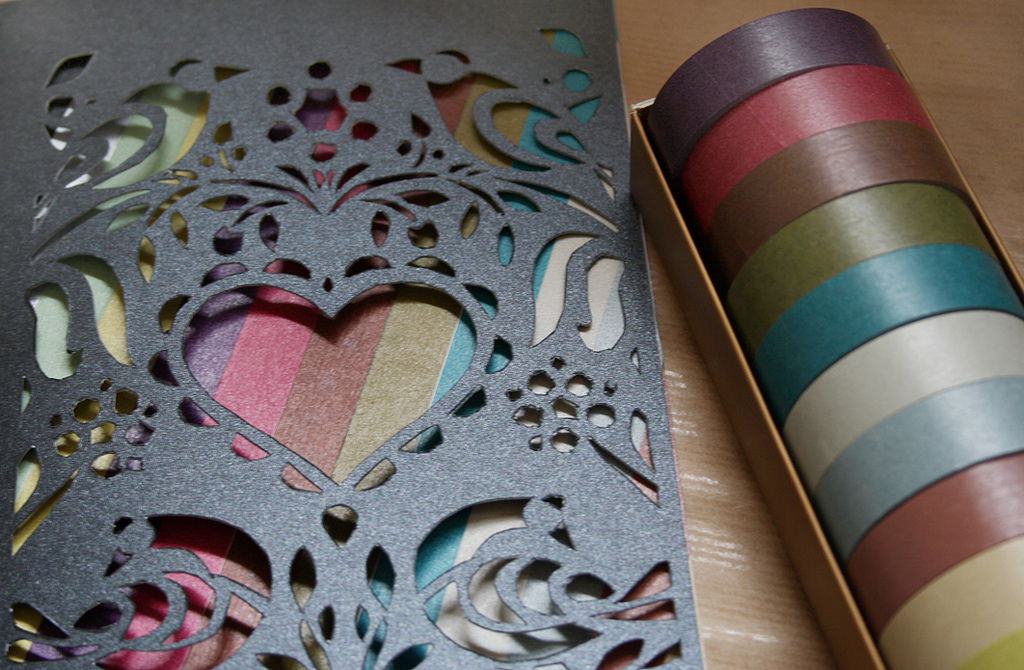
Washi tape nails have started to become popular recently because of the cute customizable designs and the stickiness of the tape. Make sure you look up a tutorial before sticking tape on your fingers though.
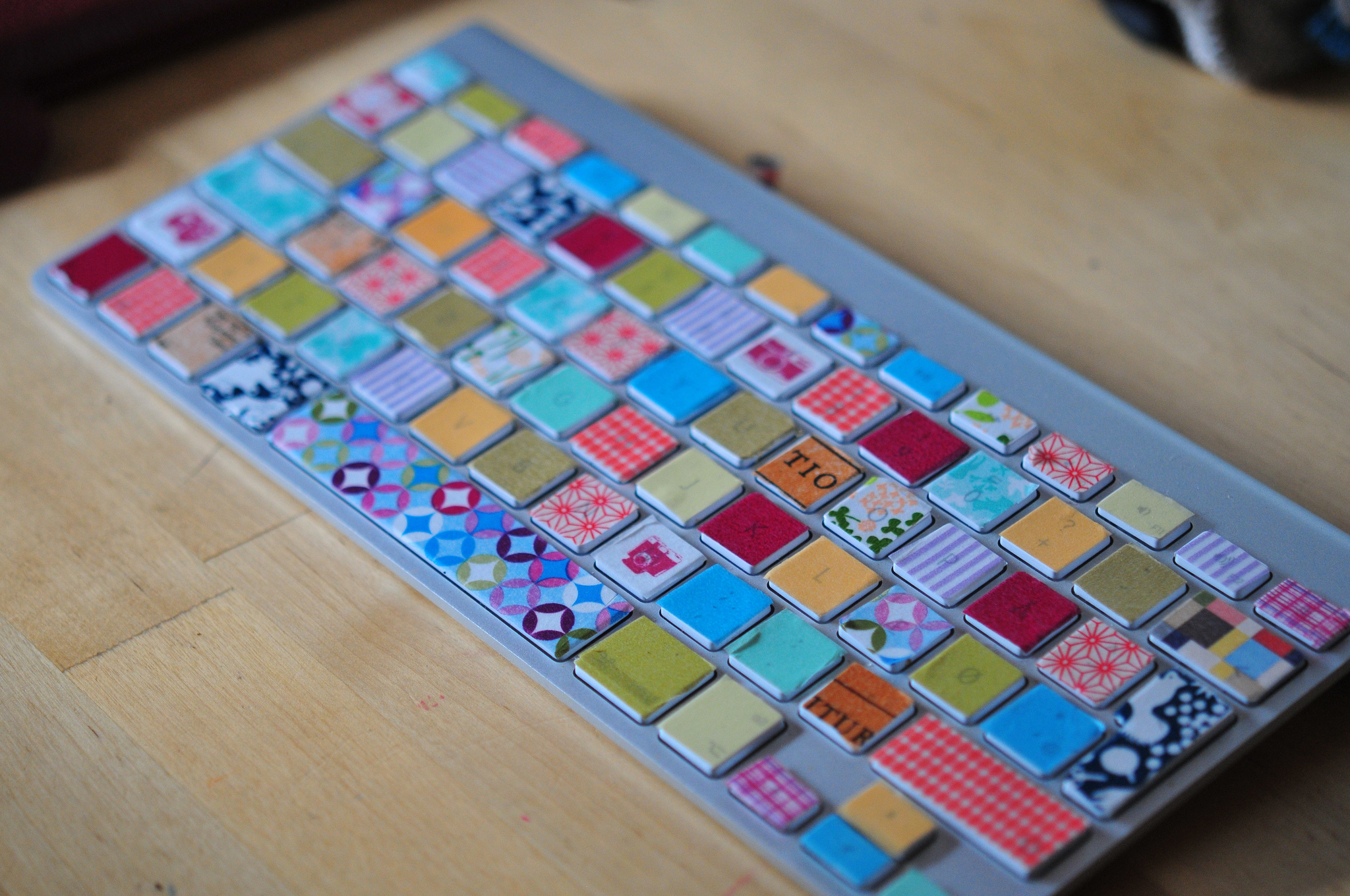
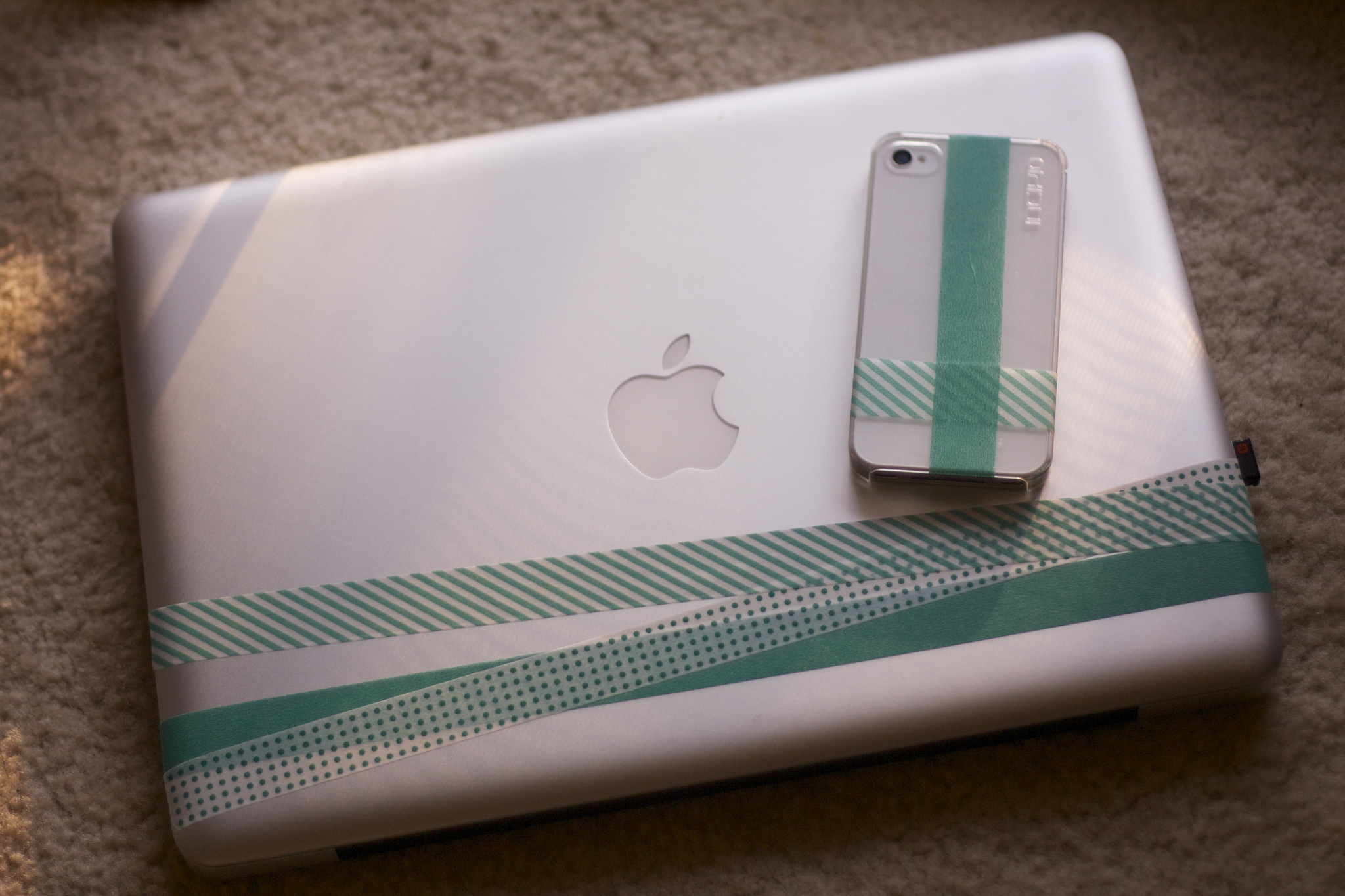
Of course, just sticking tape onto whatever works well too, but something like a keyboard with lots of buttons and room for variety is extra fun.
With washi tape, the world is your canvas! Go forth and stick it on whatever you can, whether it be your table, your wall, or your child. It will then be art.
Now How Do I Get This Stuff?
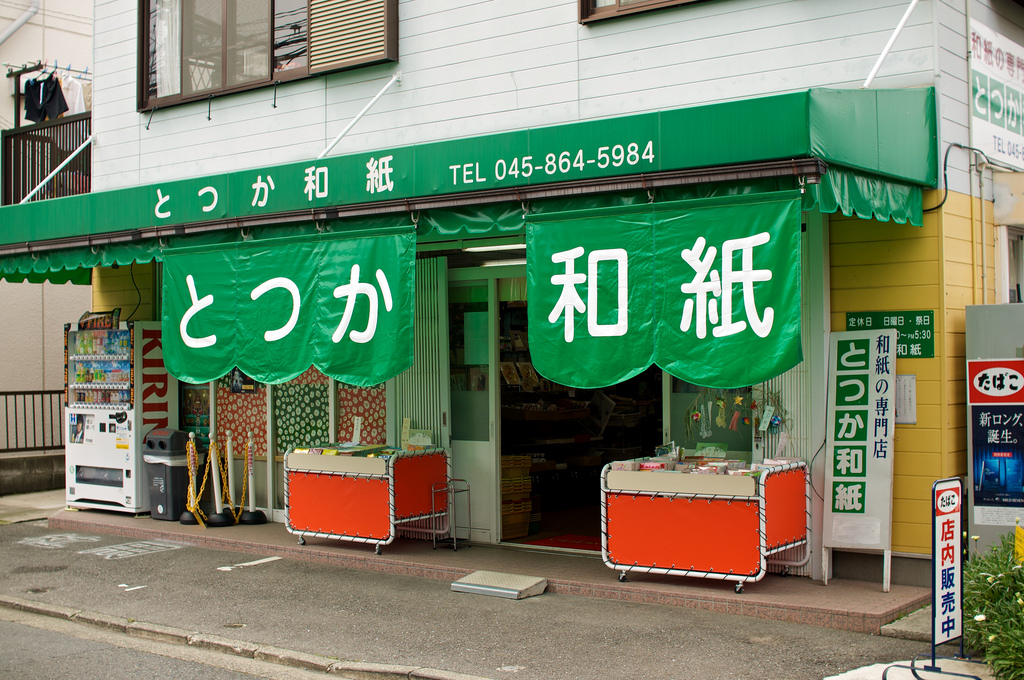
Are you dying for washi tape now? If you aren't, that's fine. If you are, you are in luck! Try your local craft store first. You'll have a better chance if it's an independently owned store. After that, you can order tape shipped from Japan from sites like amazon or rakuten. After that, typing "washi tape" onto etsy will yield you with bunches of results.
What Will It Stick On Next?
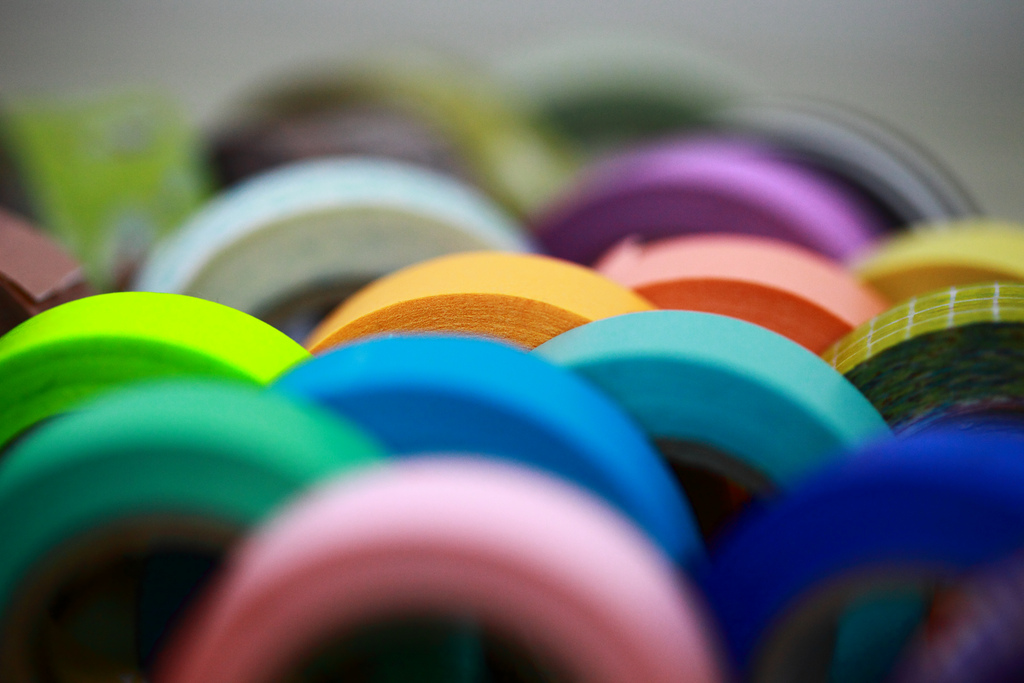
So where is washi tape going? Will it become the next puffy paint? I think that because of its lack of mess, usability, and reliance on the creativity and not the skill of the person using it, it just might be. With washi paper and washi tape, Japan seems to be leading the world in terms colorful artistic movements.
